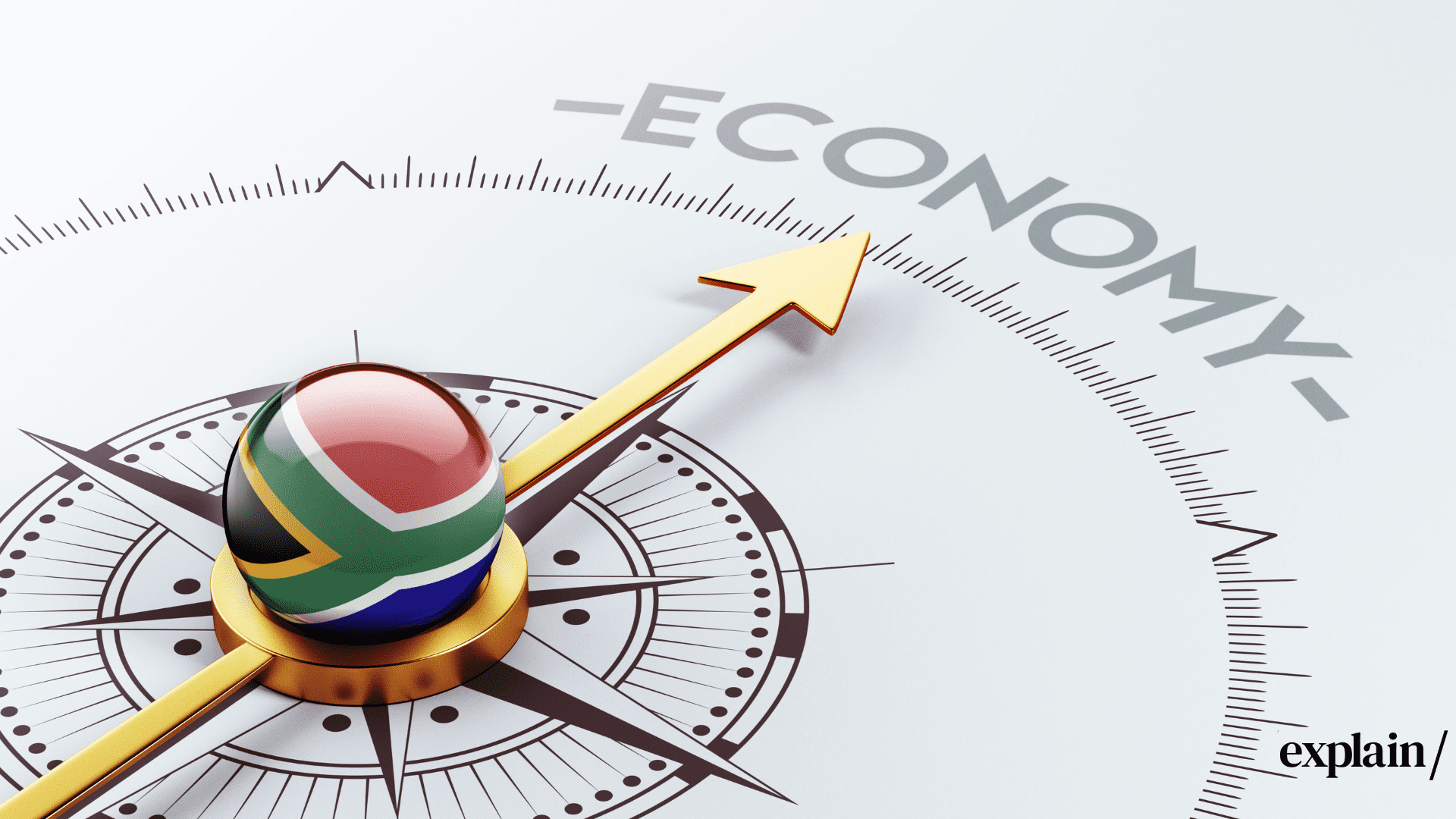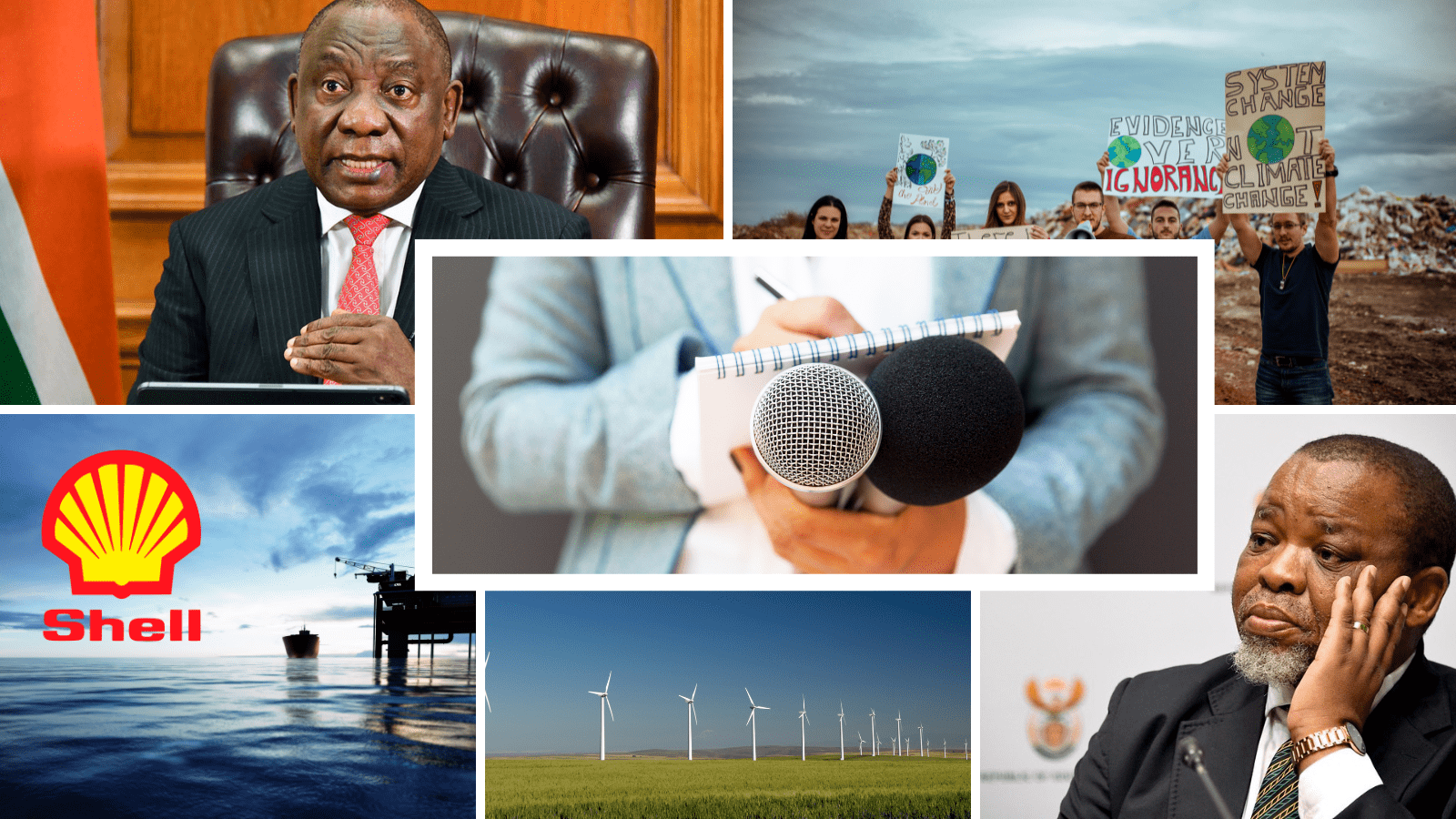After years of sluggish growth, a strained economy, and the crushing weight of load shedding, 2025 is shaping up to be a year of cautious optimism for South Africa. With prominent CEOs and economists forecasting improved stability and signs of recovery, many are calling this the start of an economic turnaround. But how bright is the light at the end of the tunnel?
While challenges remain, the early signs of recovery in key sectors suggest that 2025 could finally be the year South Africa turns the corner. Analysts point to a combination of factors as the building blocks of this tentative optimism.
So, what are the key drivers for economic growth in 2025?
- Energy stability:
The break in load shedding, a persistent thorn in the side of South African households and businesses, has been pivotal. Eskom has maintained an uninterrupted power supply since 26 March 2024, edging close to 300 days without load shedding. Eskom’s improved monitoring and private sector contributions to renewable energy are hoped to permanently stabilise the grid by March 2025.
Victoria Reuvers, Managing Director of Morningstar Investment Management, noted that the improvements to load shedding in 2024 have not yet filtered into business earnings. “Should we remain in an environment of no load shedding, you are likely to see an uptick in both company earnings and GDP growth, which will ultimately be favourable for our local market,” Reuvers told Daily Maverick.
According to Raymond Parsons, a professor at North West University’s Business School, the operational environment for the economy has strengthened in recent months with the promise of energy security. “This has in turn helped to significantly boost both business and consumer confidence,” said Parsons.
- Infrastructure reforms:
Transnet, long plagued by inefficiency, has signed 25-year deals with private operators to overhaul port operations in Cape Town and Durban. Nedbank CEO, Jason Quinn, sees this as a crucial step towards overall economic momentum. Transnet recently reported a R2.2 billion half-year loss, highlighting the urgency of its newly implemented turnaround strategy aimed at improving the company’s financial performance.
“Operational efficiency at the major ports [is likely to] improve further and unlock the logistical constraints that have held back export volumes. The better operational environment will benefit the overall economy to gain momentum,” said Quinn.
- Easing consumer pressures:
For South African consumers and businesses, 2025 brings a much-needed breather from the financial strain of recent years. The consumer inflation rate, which peaked at 5.6% in February 2024, has steadily decreased, hitting below 3% by November. Economists anticipate the inflation rate will average 4.5% in 2025, the midpoint of the South African Reserve Bank’s (SARB) target range of 3% to 6%.
This downward trend in inflation has already paved the way for two interest rate cuts by SARB in 2024, with additional cuts predicted in the first half of 2025. “Together with the heavy withdrawals of pension money under the two-pot system, household spending is expected to continue to improve,” said Parsons.
Read more on South Africa’s decreasing inflation rate
Despite these positive signs, South Africa still faces significant hurdles. Transnet’s inefficiencies, while improving, continue to drag on logistics. Meanwhile, water infrastructure issues loom large, and Eskom’s proposed tariff hikes could dampen the budding optimism.
“Although it is still early days, the formation of the GNU has resulted in reduced political risks and the promise of speedier economic reforms. To further build credibility and strengthen investor confidence in 2025, the stamp of authentic leadership must run like a thread through future GNU Cabinet decisions,” says Parsons.
Still, compared to the last decade of economic stagnation, the optimism surrounding 2025 marks a refreshing change. Efficient Group’s Dawie Roodt puts it succinctly: “The economy will grow by about one and a half percent – it looks better but not good enough.”
As South Africans brace for the year ahead, the path to recovery may be slow, but it’s one the nation seems determined to walk. With improved energy stability, infrastructure reforms, and lower inflation, the foundations for growth are finally being laid. Whether this momentum can be sustained will depend on continued collaboration between the GNU and the private sector, and above all, leadership that turns optimism into action.
Emma is a freshly graduated Journalist from Stellenbosch University, who also holds an Honours in history. She joined the explain team, eager to provide thorough and truthful information and connect with her generation.
- Emma Solomon
- Emma Solomon




